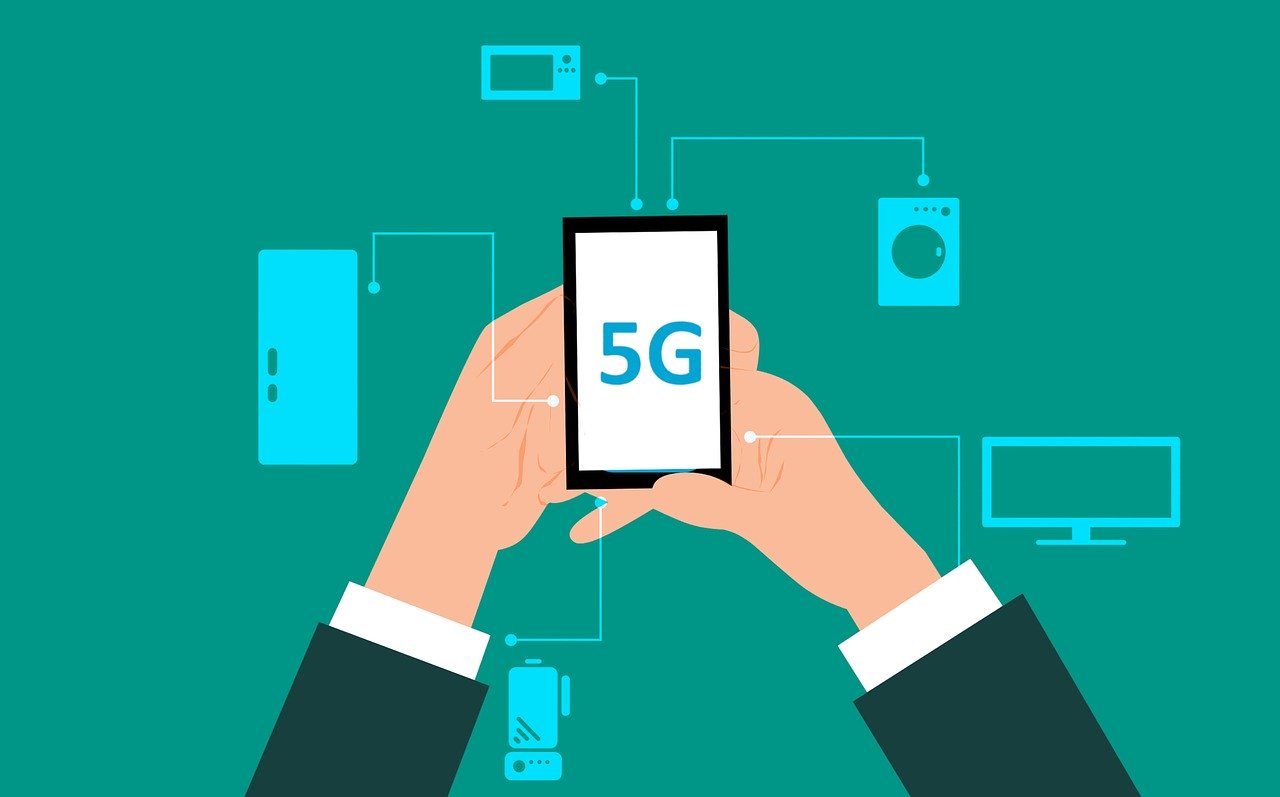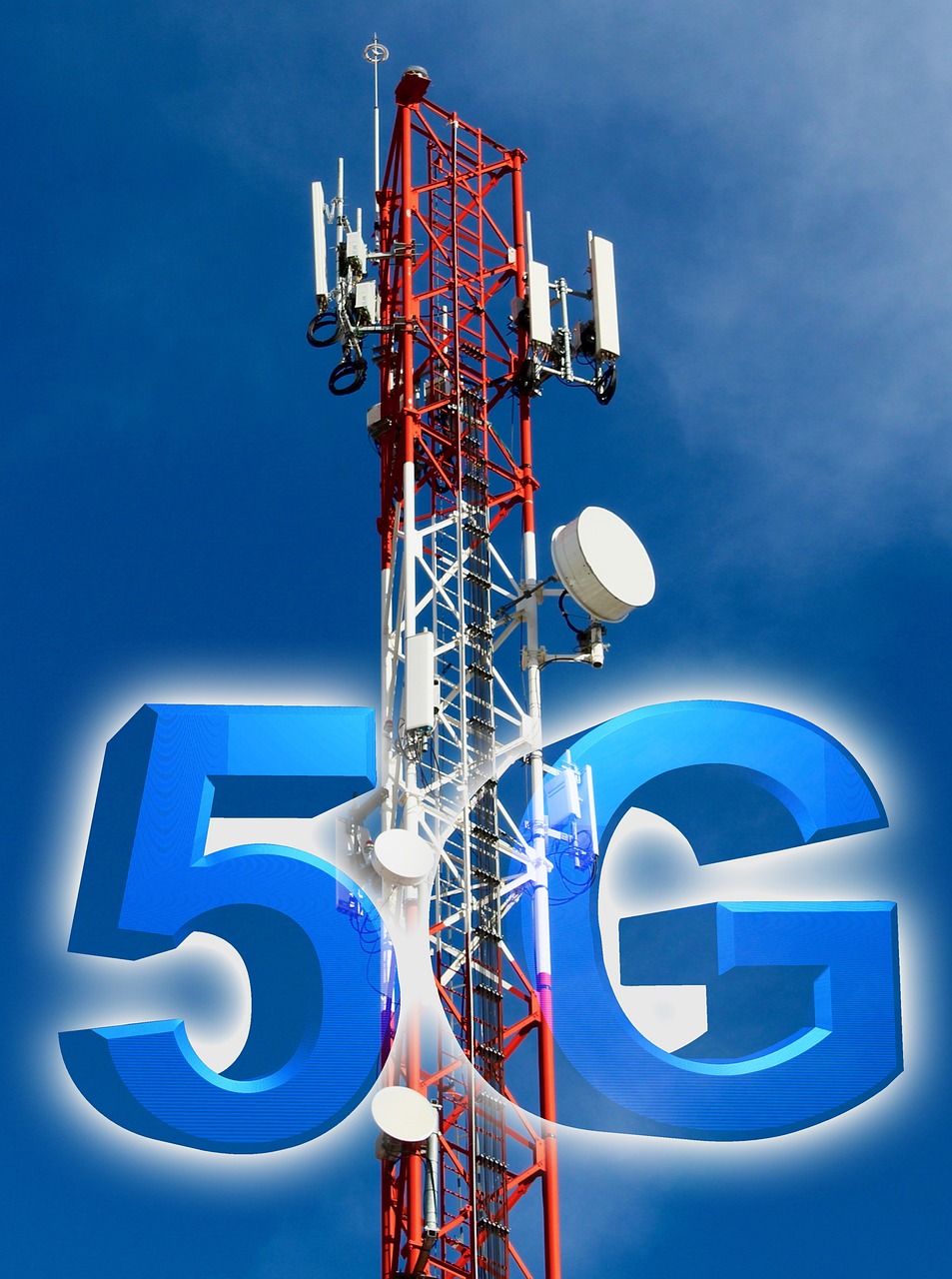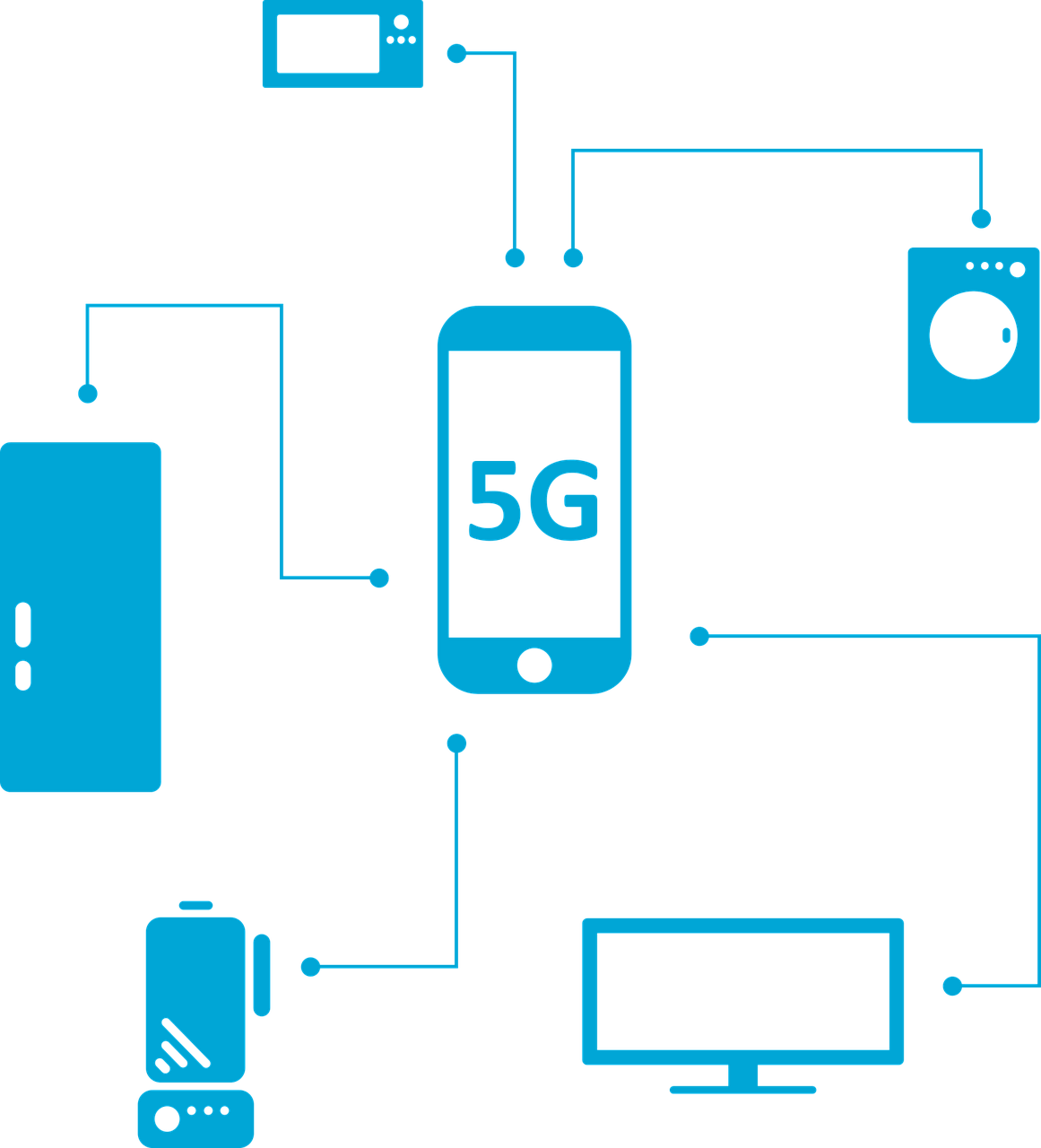The advent of 5G technology has been hailed as a game-changer, promising faster data speeds, lower latency, and a host of revolutionary applications. However, beneath the excitement and promises, there lurks a shadowy concern: the vulnerability of 5G networks to hacking.
As we move further into the digital age, the potential for 5G networks to be compromised has raised serious questions about security, privacy, and the overall integrity of this revolutionary technology.
READ ALSO: Best Protection Tools Against Hackers
Table of Contents
The Rise of 5G Technology
5G technology, or the fifth generation of wireless communications, represents a significant leap forward from its predecessors.
It boasts speeds that are up to 100 times faster than 4G, which is essential for supporting emerging technologies such as the Internet of Things (IoT), autonomous vehicles, augmented reality (AR), and virtual reality (VR).
In essence, 5G is the backbone for the future, promising an interconnected world that is more responsive and efficient.
READ ALSO: IoT Technologies and Trends: What You Should Know About Them
Despite these lofty promises, the flip side of this coin is the increased complexity of 5G networks and their susceptibility to cyberattacks.
Let’s delve deeper into the reasons why 5G networks are likely to be hacked and the potential consequences of such breaches.
Increased Attack Surface
5G networks operate on a significantly larger scale than their predecessors. They rely on an extensive network of small cells, antennas, and interconnected devices, which create a vast attack surface for hackers to exploit.
The more complex and interconnected a network becomes the more potential entry points for malicious actors.
IoT Vulnerabilities
The Internet of Things (IoT) is a fundamental component of the 5G ecosystem. Devices ranging from smart thermostats to autonomous vehicles rely on 5G to communicate and function effectively.
While the convenience of IoT is undeniable, these devices often lack robust security measures, making them a prime target for hackers. Compromised IoT devices can serve as gateways into 5G networks.
Edge Computing and Fog Computing
5G networks often rely on edge and fog computing, which distribute data processing and storage closer to the data source.
While this approach offers significant advantages, it also introduces new vulnerabilities. Cybercriminals can exploit these distributed points to gain access to sensitive data or disrupt services.
Insider Threats
With the increasing complexity of 5G networks, the risk of insider threats grows. Employees or third-party contractors with access to these networks may become a source of security breaches.
Whether through negligence or malicious intent, insider threats can have catastrophic consequences for network security.
Sophisticated Cyberattacks
5G technology is not immune to the evolution of cyber threats. As networks become more advanced, so do the tactics employed by hackers.
Advanced Persistent Threats (APTs), ransomware, and zero-day exploits are just a few examples of the increasingly sophisticated methods at the disposal of cybercriminals.
READ ALSO: The Impact of 5G Technology on Tablet Connectivity and Performance
The Consequences of 5G Hacks
The consequences of 5G network hacks are profound and far-reaching. They extend beyond personal privacy concerns to encompass national security and critical infrastructure. Here are some potential outcomes of 5G network breaches:
- Data Theft: A successful hack on a 5G network could lead to the theft of sensitive data, including personal information, financial records, and proprietary business data. This data can then be sold on the dark web or used for blackmail.
- Surveillance and Espionage: Malicious actors, including state-sponsored entities, may use compromised 5G networks for surveillance and espionage. This could include eavesdropping on conversations, tracking the movements of individuals, or monitoring sensitive government or corporate communications.
- Disruption of Services: A significant hack on 5G networks could disrupt essential services such as healthcare, transportation, and utilities. This not only jeopardizes public safety but also has severe economic consequences.
- National Security Threats: 5G networks are integral to national defense and critical infrastructure. Breaches in these networks could potentially compromise a country’s security, leaving it vulnerable to attacks from hostile nations or terrorist organizations.
- Economic Impact: Hacks on 5G networks can result in significant economic losses for businesses and governments. The cost of remediating the breach, potential fines, and loss of trust from customers can be crippling.
READ ALSO: Taming the IoT in the Wild: How To Secure Your IoT Devices
Best Network Firewall Solutions
Mitigating the Risks
The vulnerability of 5G networks to hacking is a pressing concern, but not an insurmountable one. There are several measures that can be taken to mitigate these risks:
- Robust Security Protocols: Network operators and businesses must employ robust security protocols to safeguard their 5G infrastructure. This includes encryption, access controls, and regular security audits.
- IoT Device Security: Manufacturers of IoT devices must prioritize security in their products, including regular software updates and patch management.
- User Education: End-users should be educated about the risks of 5G networks and the importance of practicing good cybersecurity hygiene.
- Collaboration: Governments, businesses, and international organizations should collaborate on establishing global standards and regulations for 5G network security.
- Continuous Monitoring: Constant monitoring and threat detection are essential to identify and respond to any security breaches promptly.
Conclusion
While 5G networks hold immense promise for a more connected and efficient world, they also bring with them unprecedented risks. The likelihood of 5G networks being hacked is a sobering reality that must not be overlooked.
As we embrace this revolutionary technology, we must also be prepared to confront the challenges it presents to security and privacy, ensuring that the benefits of 5G are not outweighed by its vulnerabilities.
RELATED ARTICLES
- What are Cyber Threats? How to Secure Your Computer Against Cyber Threats?
- 10 Best Antivirus for a Basic Laptop [Must Read]
- Interview With Michael Bruemmer, Vice President of Experian Data Breach Resolution Group and Consumer Protection
- 5 Concealed Best Tor Browser Alternatives You Didn’t Know
- The Crucial Role Of Cloud Computing In The Business World
- Insider Risk Management Fundamentals: 10 Best Security Practices for Implementation
- Top Cybersecurity Trends Every Web Developer Should Expect
- Security Considerations For Internet Of Things (IoT)
About the Author:
Abraham Faisal is a professional content writer. He has a strong passion for online privacy, cybersecurity and blockchain and is an advocate for online privacy. He has been writing about these topics since 2018 and is a regular contributor to a number of publications. He has a degree in Computer Science and has in-depth knowledge of the ever-evolving world of digital security. In his free time, he likes to travel and explore new cultures.













Thanks for sharing this informative blog.
Does the threats applies in the current 4G?
yes it does.. which is why network security is important most especially in a corporate environment.
Thanks for sharing this important information to us.
thanks again.
Thanks for sharing such information with us. It was too useful and productive. Please keep posting such great work.